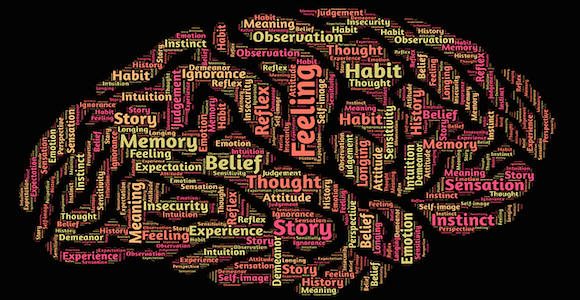
Excerpted from the Book “Dramatica Unplugged“
By Melanie Anne Phillips, Co-creator of Dramatica
So what, exactly, is the Story Mind made of? Dramatica says that “Every complete story is an analogy to a single mind trying to deal with an inequity.” Now that’s very scientific, but what does it really mean? It means that characters, theme, plot and genre are not just people with value standards doing things in an overall setting – rather, character, theme, plot and genre are different families of thought that go on in our own minds, mad tangible, incarnate as character, thematic arguments and plot points.
So a story is as if an author took the mechanism of our minds, made it tangible and put it out there for us to look at so we could examine the problem solving process. Rather than having to be involved in it subjectively, we are told by the author that he or she has the benefit of insight or experience, and that even though it may feel one way to us on the inside, there is a more objective understanding of how we should proceed.
In fact, the Main Character represents the reader/audience position in the story. It represents our own position in our own heads. We know who we are at any given time. In regard to any given issue, we know where we stand.
In essence then, the Story Mind concepts says, “Think of a story as if it were a person.” There’s only one Main Character in a story because there’s only one “I” in our own minds. Further, we all have the same emotion and logical considerations, and each of these must appear as characters in a story for it to feel complete as well. If any parts are missing, the story’s argument will feel incomplete.
Dramatica also says that this Story Mind system came into being as a natural by- product of the process of communication. If you want to state that the approach you are promoting in your story is either the best or worst of all that might be tried, that you have to actually show all the other approaches that might reasonably be taken and illustrate why they aren’t as powerful as yours.
When you create a story argument that has no holes, then you have included all the ways a human mind might consider to solve a problem. In effect, you have created a model of the mind’s problem solving process – a Story Mind.
No one set out to build this model directly. But through centuries of trial and error in storytelling, conventions were developed that worked because they built an analogy to the psychology of the mind.
With this in mind, every once in a while, stand back from your story and think of it as a single person. It is so easy for an author to get so lost in the details of making all the parts work that he or she loses sight of the big picture – the overall impact of the story as a whole.
By taking time to examine whether your story has a sound psychology that makes it feel like a functional person and that the personality of the story itself is both human and interesting as well, you’ll create a consistency that can’t be achieved simply by looking at the structural elements through a microscope.
Also from Melanie Anne Phillips…

